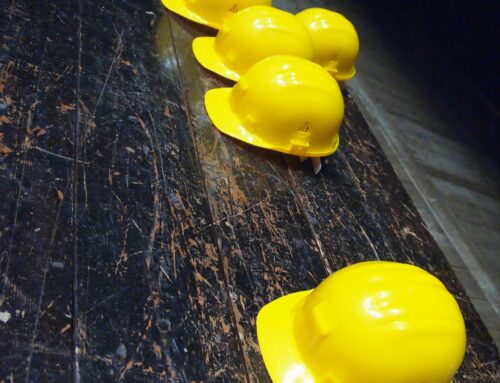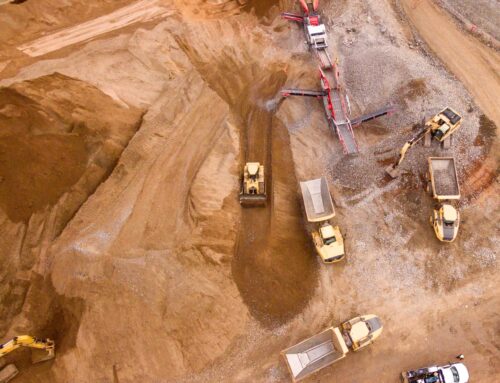You never know what might lie beneath your feet, which is why contractors need to understand the benefits of a utility survey.
Whether you are a landscape gardener or large housing developer, it can be exciting to start a new project. However, you need to fully understand your working environment before you consider putting a spade into the ground. Ask yourself: have you done everything possible to research your site?
To help you, we have outlined the three key benefits of a utility survey…
1. Health and safety
The health and safety of your employees and contractors must be your number one priority, which is why a utility survey needs to take place before work commences.
For construction workers, health and safety risks don’t come much bigger than a utility service strike. Accidentally contacting, or even severing, electricity cables or gas pipes can have disastrous consequences, including serious injury or even death. An underground survey can lower the risk of an accident, improving the safety of your people and the public.
The British Standards Institution (BSI), along with the Institution of Civil Engineers (ICE), have created PAS128 – the industry standard that sets out the benefits of a utility survey. In practical terms, PAS128 requires the “reliable and consistent” sharing and delivery of data relating to utility services. The standard applies to utility engineers, construction firms, project managers and surveyors. If you are serious about best practices, you need a PAS128-compliant utility survey.
2. Smarter project planning
Utility mapping is a vital step in the process of producing a reliable and comprehensive project plan. By identifying and precisely locating what lies beneath the ground, you can spot potential problems earlier and design efficient solutions. Creating a utility survey requires more than just a site plan and the latest technology.
Here at Your Environment, we have a fully qualified and knowledgeable team of surveyors who have worked on hundreds of sites across the country. From council plans to ground-penetrating radar (GPR), every bit of data and information will be used during the utility mapping process. For example, drainage mapping is essential when plotting the potential location of the storm and foul sewer pipes in a housing development. Using existing infrastructure could make your project much easier and will show planners that your project is professional and practical.
3. Minimise delays and costs
Delays to construction projects can be both frustrating and costly. Avoid penalties and additional labour costs by spotting and avoiding potential issues below the surface. Ideally, the benefits of a utility survey should be understood early on so work can start as early as possible during the planning process. This way, the architect’s drawings can be amended before formal planning permission is submitted to the local authority.
The process begins by reviewing and analysing any existing plans or records for the site. Armed with this basic knowledge of the site, surveyors can then conduct a full sweep of the area to test the accuracy of existing plans and to spot any surprises.
While this process will take a certain amount of time, an underground survey will help you avoid expensive mistakes during the construction phase.
The aim is to ensure that your project is delivered on time and on budget.
Ask the experts
If you require further information about the benefits of a utility survey, we will be happy to help. Click here to talk to a member of our team or request a free, no-obligation quote.



